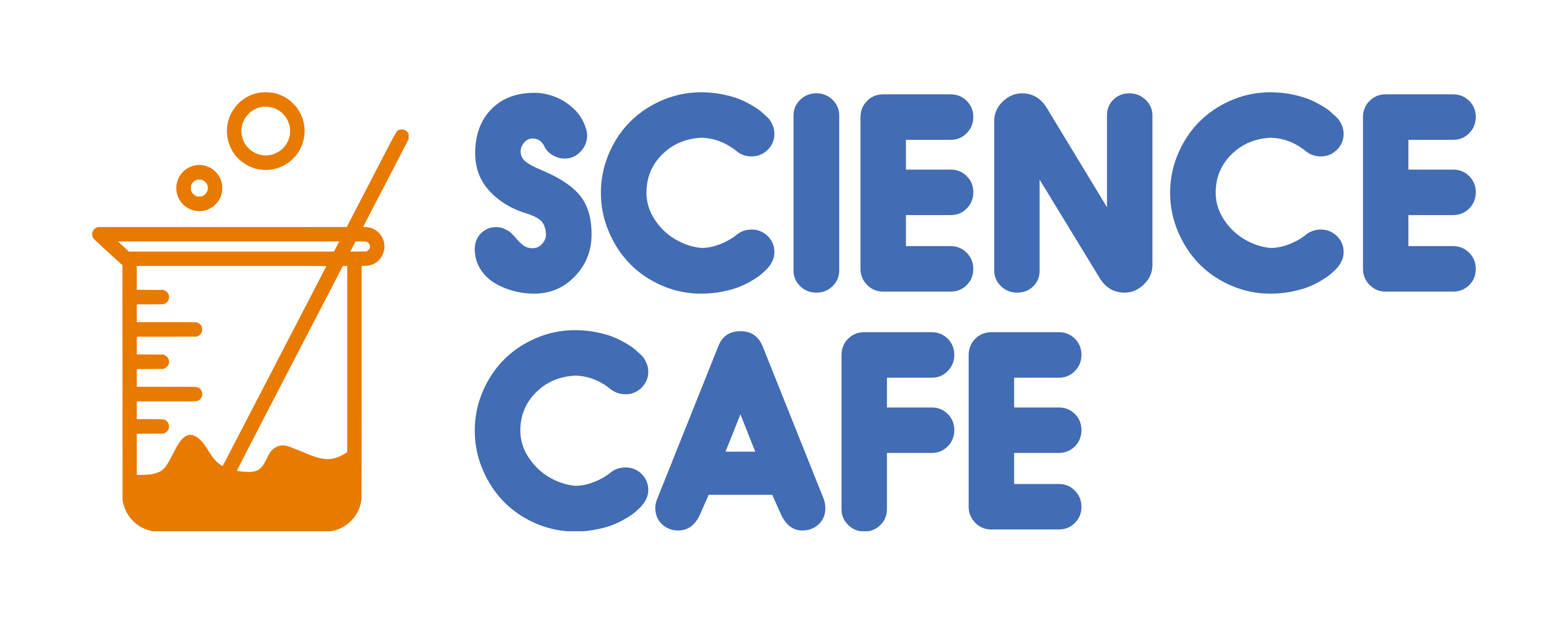Inclusive learning
Building Inclusive Learning: A Blueprint for Every Level of Education

Inclusive education is about more than compliance—it’s about designing systems that recognise and support every learner’s unique needs. Lincolnshire’s recent investments and innovations offer a powerful model. By combining community-based infrastructure, personalised technology, and empathy-driven design, we can create learning environments where neurodivergent students—and indeed all learners—thrive, from primary school through higher education and beyond.
1. Embed Support Locally
What Lincolnshire did: The county secured £7.25 million to establish five mainstream SEND hubs in neighbourhood schools, so children with Education, Health and Care Plans (EHCPs) no longer have to travel long distances or feel isolated in separate units.
How to apply this everywhere:
Primary and Secondary Schools: Designate “inclusion corners” or small‑group rooms within existing classrooms. Train teaching assistants to deliver targeted interventions where students already spend their days.
Further Education: Partner colleges with local community centres to host drop‑in support sessions—office hours for study skills, social‑emotional check‑ins, or quiet co‑working spaces.
Higher Education: Transform underused campus rooms into “neurodiversity commons” open for peer mentoring, sensory breaks, or assistive‑tech tutorials.
2. Leverage Scalable Technology
What Lincoln College did: They rolled out Cognassist, a platform that assesses cognitive profiles and suggests personalised learning strategies, boosting student engagement to 93%.
How to apply this everywhere:
K–12: Use quick, browser‑based diagnostics to identify reading, processing, or working‑memory challenges. Then deliver targeted mini‑lessons or practice exercises through existing school portals.
Vocational Training: Integrate mobile apps that adapt content pacing—slower for complex diagrams, faster for routine tasks—so trainees build confidence before moving on.
Universities: Offer a choice of note‑taking tools, text‑to‑speech/audio supplements, and structured study planners that students can configure to their own learning rhythms.
3. Build Empathy Through Immersive Design
What innovators did: A VR simulation was created to enable educators to experience campus as a dyslexic student would—misreading signs, navigating confusing layouts, and experiencing sensory overload—leading to a more intuitive wayfinding experience and accessible building designs.
How to apply this everywhere:
Faculty Training: Host short VR or role-play workshops so that teachers and administrators can experience the sensory and cognitive barriers some students face.
Facility Planning: Involve student ambassadors with lived experience in walkthroughs of new buildings or playgrounds to flag potential obstacles before construction.
Online Learning: Solicit “accessibility audits” from neurodivergent users—simple screen readers or timed quizzes—to refine digital course materials for clarity and flexibility.
4. Shift the Narrative: Rights, Not Extras
Inclusive education only works when it’s viewed as a universal right, not as a special add‑on. That means:
Policy: Mandate that every budget planning cycle include a line item for inclusive resources—whether that’s flexible seating, captioned videos, or additional instruction time.
Communication: Promote a culture where asking for accommodations is normalised. Leaders and teachers should openly share “I use noise‑cancelling headphones during marking” or “I prefer written instructions” to signal it’s okay to request support.
Data‑Driven Advocacy: Track not just grades, but retention rates, student satisfaction, and well-being metrics. Use those insights to demonstrate the ROI of inclusive practices.
A Call to Action for Every Educator and Leader
Audit Your Space: Walk your halls, scroll your LMS, and ask: Where might a learner get lost or stuck?
Start Small, Scale Fast: Pilot a weekly quiet room, a digital reading support tool, or a VR empathy session—then measure impact and expand.
Collaborate Broadly: Partner with local charities, tech providers, and student groups to share resources and expertise.
Embed Empathy: Make inclusion part of performance reviews, professional development, and curriculum design.
Inclusive learning isn’t a single project or a line in a grant application; it’s a mindset that values diversity of thought, experience, and need. By localising support, personalising technology, and building empathy into design—at every level of education—we ensure that all students not only participate, but flourish.



